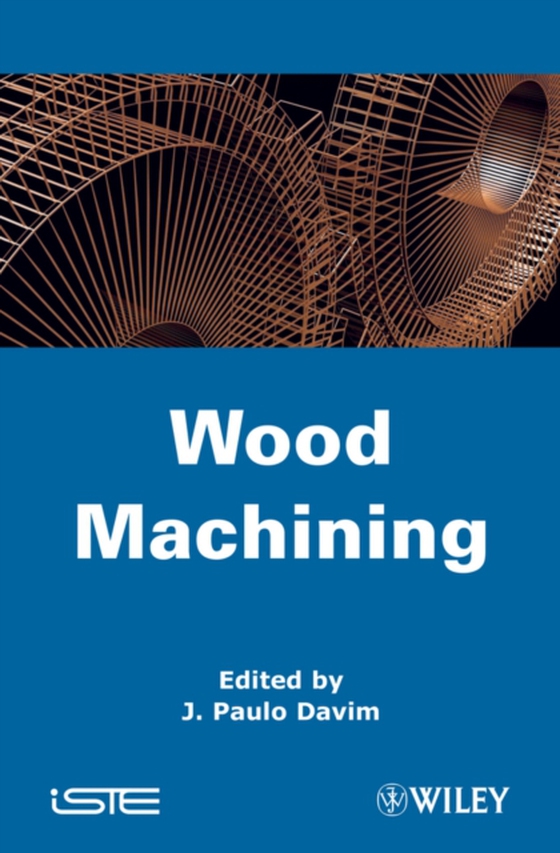
Wood Machining e-bog
1313,81 DKK
(inkl. moms 1642,26 DKK)
Wood as an engineering material can be technically defined as a hygroscopic, orthotropic, biological, and permeable material having extreme chemical diversity and physical complexity with structures, that vary extensively in their shape, size, properties and function . Therefore, using wood to its best advantage and most efficiency in engineering applications, specific characteristics or chemi...
E-bog
1313,81 DKK
Forlag
Wiley-ISTE
Udgivet
10 maj 2013
Genrer
Engineering: general
Sprog
English
Format
epub
Beskyttelse
LCP
ISBN
9781118602676
Wood as an engineering material can be technically defined as a hygroscopic, orthotropic, biological, and permeable material having extreme chemical diversity and physical complexity with structures, that vary extensively in their shape, size, properties and function . Therefore, using wood to its best advantage and most efficiency in engineering applications, specific characteristics or chemical, physical and mechanical properties must be considered. The products are divided into two classes, solid wood and composite wood products. Solid wood includes shipbuilding, bridges, flooring, mine timbers, etc. Composite wood products include insulation board, plywood, oriented strand board, hardboard and particle board. In recent years, the machining of wood products has acquired great importance due the short supply of wood and increasing environmental awareness among users and manufacturers. The optimization of the machining process centers around the mechanism of chip formation, tool wear, workpiece surface quality, crack initiation and propagation of different types of wood. Other factors are also humidity, temperature, static preloads, and vibrations that can affect the wood during the machining process. The book provides some fundamentals and recent research advances on machining wood and wood products.
 Dansk
Dansk

